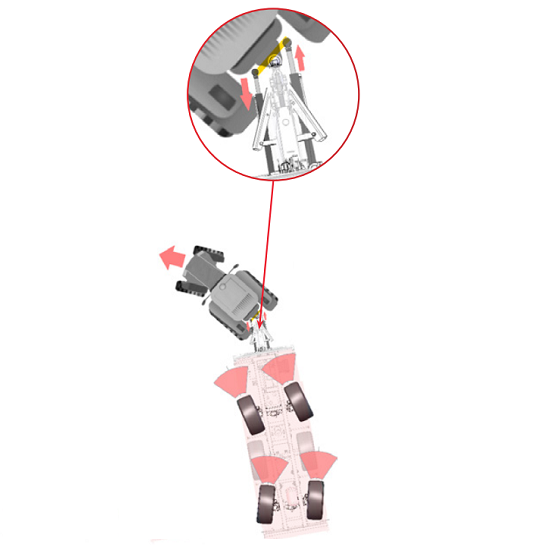How do you choose the type of axle for your trailer?

Choosing the best type of axle for a trailer is not always an easy choice and issues such as safety, maneuverability and comfort are all points you should take into account when making your decision.
For this reason, we have prepared an article that presents the most important characteristics of the four main types of axle: fixed, self-steering, hydraulic forced steering and electronic forced steering.
 |
FIXED AXLEThis is the simplest type of axle and, naturally, the most economical of the four. However, since the trailer is dragged in the direction imposed by the tractor, it is subject to greater tire wear. |
 |
SELF-STEERING AXLEIt is an axle that makes the wheels follow the direction taken by the tractor and can swing freely. It improves the maneuverability of the trailer compared to the fixed axle, reducing tire drag and consequently wear. It allows the axle to be locked in both directions, guaranteeing wheel alignment. The self-steering axle can be used unlocked in traffic up to a maximum speed of 15 km/h, after which it must be locked by the tractor driver. |
 |
HYDRAULIC FORCED DIRECTIONALAxles that, when connected to the tractor, accompany and facilitate the tractor's bending to the right or left, reducing tire wear due to drag. In other words, when the tractor curves, the cylinder installed under the coupling device parallel to the boom is activated, following the radius of curvature and facilitating the maneuver. |
|
|
ELECTRONIC FORCED DIRECTIONALThis allows the steering axles of a trailer to be controlled via a sensor placed next to the lug. This technology allows the axles to lock automatically at a certain speed (programmed by the user). Just as it does this automatically, it also allows manual control, simply by accessing the controller installed in the tractor cab. Compared to the hydraulic forced steering option, the electronic steering improves the steering angle and entails less wear material and therefore less maintenance work. |


